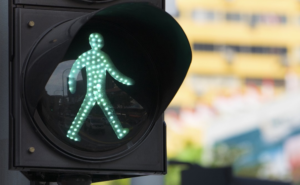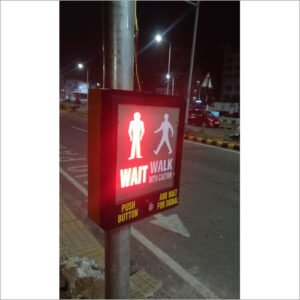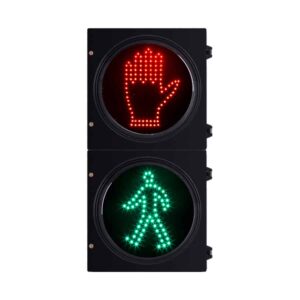Unlock Safety: Decoding Pedestrian Crossing Controllers!
One of greatest challenges for city planners and traffic engineers is ensuring the safety of pedestrians as they navigate populated urban areas. In busy streets, pedestrian crossing controllers are an important necessity as thousands of feet walk through the road. This guide will reveal how pedestrian signals work, their uses and functions. In the end, you will learn how these things help to develop secure and efficient urban traffic systems.
Signalling for footcrossings
Pedestrian crossing controllers are responsible for the coordination of foot travel at solicitations and crosswalks. They time pedestrian signals with traffic lights so everyone can move easily and safely. Hence, they also have an important role in the reduction of accidents and are central to overall traffic effectiveness.
What Are the Advantages of Pedestrian Crossing Controllers?
There are many benefits pedestrian crossing controllers provide. One, it is making pedestrians much safer. Pedestrian Signal: Making sure pedestrians have an idea of when it is safe to cross reduces the possibility that a vehicle will hit them. Secondly, they lamete the flow of visitors. Coordinating the movements of drivers and walkers, these controllers help reduce problems with traffic congestion which can sometimes be directly tied to delays in general. More over, They exercise intersectionality. Today, the pedestrian crossing controllers support disabled individuals and coolrect traffic lights for humans to be able to cross safely.
Pedestrian Crossing Controller Types
Knowing the different types of pedestrian crossing controller will assist in choosing what is best for your exact requirements.
1. Span the Street Push Button PedestrianControllers
The push-button controllers are most common. The crossing signal is activated by pedestrians pressing a button. A simple application of this is found in a headstart for intersections and mid-block crossings.
2. Pedestrian Controllers Automatically
Sensors in automatic controllers detect pedestrians, and the signals proceed without a button press. These controllers are perfect for busy areas where there is a need of frequent pedestrian crossings.
3. Countdown Timers
Other controllers can also be integrated into Countdown timers. They show how much time pedestrians have left and give a visual reading of when they can cross. It’s a critical feature to ensure pedestrians dont start crossing the street when there is not enough time.
4. APS (Accessible Pedestrian Signals)
Designed for pedestrians who are blind or have low vision, accessible pedestrian signals To accomplish this, the devices produce audible tones or vibrotactile signals (or both) so that anyone intending to cross will get a consistent message.
Characteristics of Good Pedestrian Crossing Controllers
The pedestrian crossing controllers are available with different options that make such types of systems useful and functional.
1. Signal Coordination
The signals must be coordinated to allow uninterrupted story by keeping the pedestrian crossing signal phases in sync with vehicular traffic lights. Synchronising is done in order to reduce conflicts and better traffic flow.
2. Sensor Integration
Crossing signals are then automatically activated when sensors register that pedestrians have entered or begun crossing the street. This is really handy in busy urban areas with lots of people walking around.
3. Accessibility Options
Needless to mention that audible signals and tactile feedback are a must-have for the convenience of all pedestrians, including those with disabilities. Safety for all is a foundation element of contemporary urban planning.
4. Weatherproof & Long-lasting
Pedestrian crossing controllers are subject to weather for outside. When you go for the rugged controllers, they are durable hence will last long and provide decent performance.
Designing Pedestrian Crossing Controllers
Developing pedestrian crossing controllers can be distilled to a few basic steps. Number ONE: The most important thing to do is a needs/challenges assessment of the area. Second, select the proper controller depending on traffic patterns and pedestrian volume. After they are installed, the controllers need to be maintained and monitored regularly so that there is no deficiency in how these devices work. In short, public education campaigns can contribute to improving their use by pedestrians.
Conclusion
Pedestrian crossing controllers are the very thing that keeps our cities safe and driving smoothly. City planners and safety officials can better select the type that fits their needs, as to traffic flow speed changes. These play a critical role towards making urban areas, safer and more inclusive by implementing push button controllers or automatic sensors or with signals which are within accessible reach. Discover the pedestrian crossing controllers of tomorrow and help us make our streets safer for all people.



